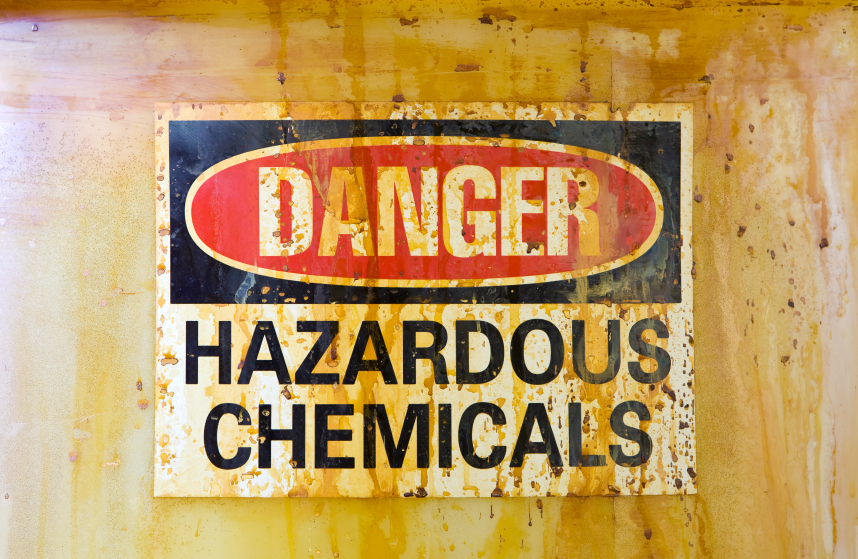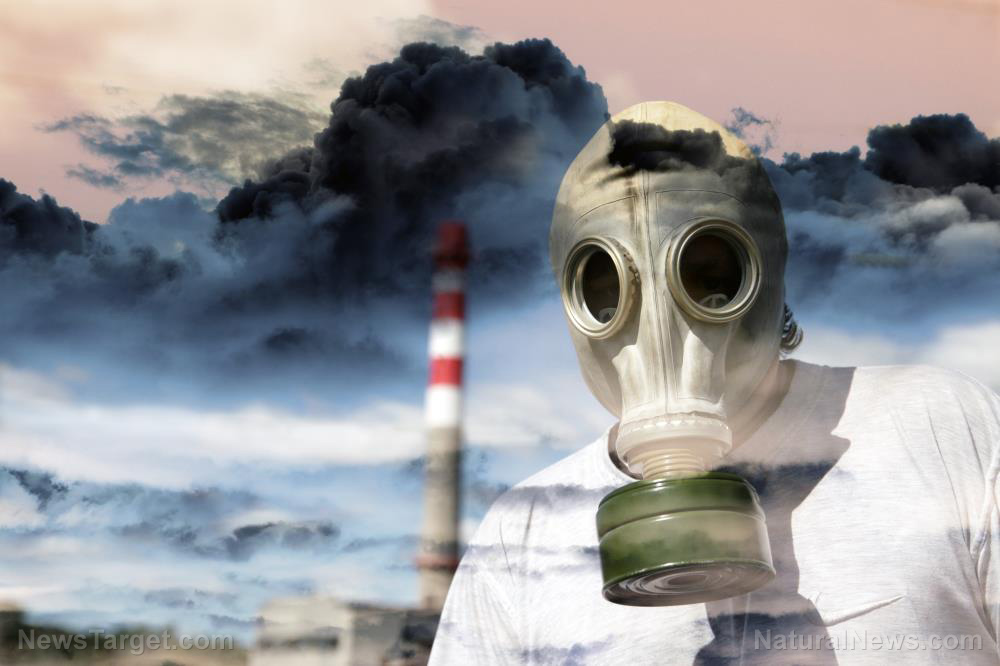More than 14M Americans are routinely exposed to cancer-causing gas, report reveals
02/14/2023 / By Belle Carter

A recent report by the Union of Concerned Scientists (UCS) revealed that more than 14 million Americans are residing just within just five miles of 104 commercial plants that release large amounts of ethylene oxide (EtO).
EtO, a flammable colorless gas used as a sterilizer, is found to damage DNA. It is also used to clean medical equipment and food items. In smaller amounts, the gas is used as a pesticide and a sterilizing agent.
The National Cancer Institute said on the U.S. government cancer site that lymphoma and leukemia are the cancers most frequently associated with occupational exposure to EtO. Stomach and breast cancers may also be linked to EtO exposure. (Related: Top 8 causes of cancer you most likely DON’T KNOW about yet.)
The commercial plants, which look like nondescript warehouses of office buildings, are reportedly located in densely populated areas, with more than 10,000 schools and childcare centers within range.
The report also identified 12 communities as hot spots or places exposed to at least two commercial sterilizers within 10 miles. “People who live between these facilities may be exposed to ethylene oxide from more than one source and the Environmental Protection Agency (EPA) is not accounting for that fact,” UCS said in a statement.
Cancer.gov explained how people get exposed to EtO. “The primary routes of human exposure to ethylene oxide are inhalation and ingestion, which may occur through occupational, consumer or environmental exposure,” it said.
Meanwhile, UCS identified 23 commercial sterilizers that emit the cancer-causing gas at levels that “definitively” contribute to elevated cancer risk. The sterilizer hotspots are located in Minnesota, Colorado, Virginia, California, New York City, New Jersey, Texas and Puerto Rico. The data also stressed that many of these facilities are located near low-income neighborhoods and people of color. “The data clearly shows that people of color bear a disproportionate burden of ethylene oxide emissions,” according to UCS.

In 2005, the EPA proposed banning new commercial facilities from using the gas, forcing them to use alternatives. However, the EPA was pushed back by industry groups so the proposal was scrapped.
The Clean Air Act required the EPA to review and update its ethylene oxide emissions standards every eight years, but the last time it did so was in 2006.
EPA found EtO in South Memphis facility to be 60 times more toxic
The EPA found the presence of EtO that is 60 times more toxic than previously understood in the air around the Sterilization Services of Tennessee. UCS confirmed that it has led to 82 percent of cancer in the South Memphis area.
“This might be one of the reasons why our neighborhood is going down,” Linda Peete, who grew up in South Memphis, said. “My mom died of cancer, several people in the area died of cancer and several classmates died from cancer my age. So it’s fearful because you don’t know why.”
The Memphis Community Against Pollution (MCAP) has been criticizing the said company for the issues it has caused for homes, churches and schools in the predominantly black community. In a statement, MCAP said Memphis city ordinances direct the Shelby County health officer to act when the air pollution “creates an emergency requiring immediate action to protect human health or safety.”
“We are asking the Shelby County health officer to utilize his emergency power to have the facility cease operations or stop their use of ethylene oxide,” said MCAP member Angela Johnson.
The county health department is currently conducting studies to determine the impacts of ethylene oxide on the community. The department added it plans to release an update to Shelby County commissioners on March 8.
Visit Cancer.news for more information on the causes of cancer.
Watch Health Ranger Mike Adams’ Situation Update that talks about COVID-19 swab tests containing massive levels of EtO.
This video is from the Health Ranger Report channel on Brighteon.com.
More related stories:
Study: COVID-19 vaccines found to weaken the immune system, increase risk of developing cancer.
Josh Sigurdson: COVID-19 vaccines causing cancer rates to skyrocket.
Sources include:
Submit a correction >>
Tagged Under:
This article may contain statements that reflect the opinion of the author




















